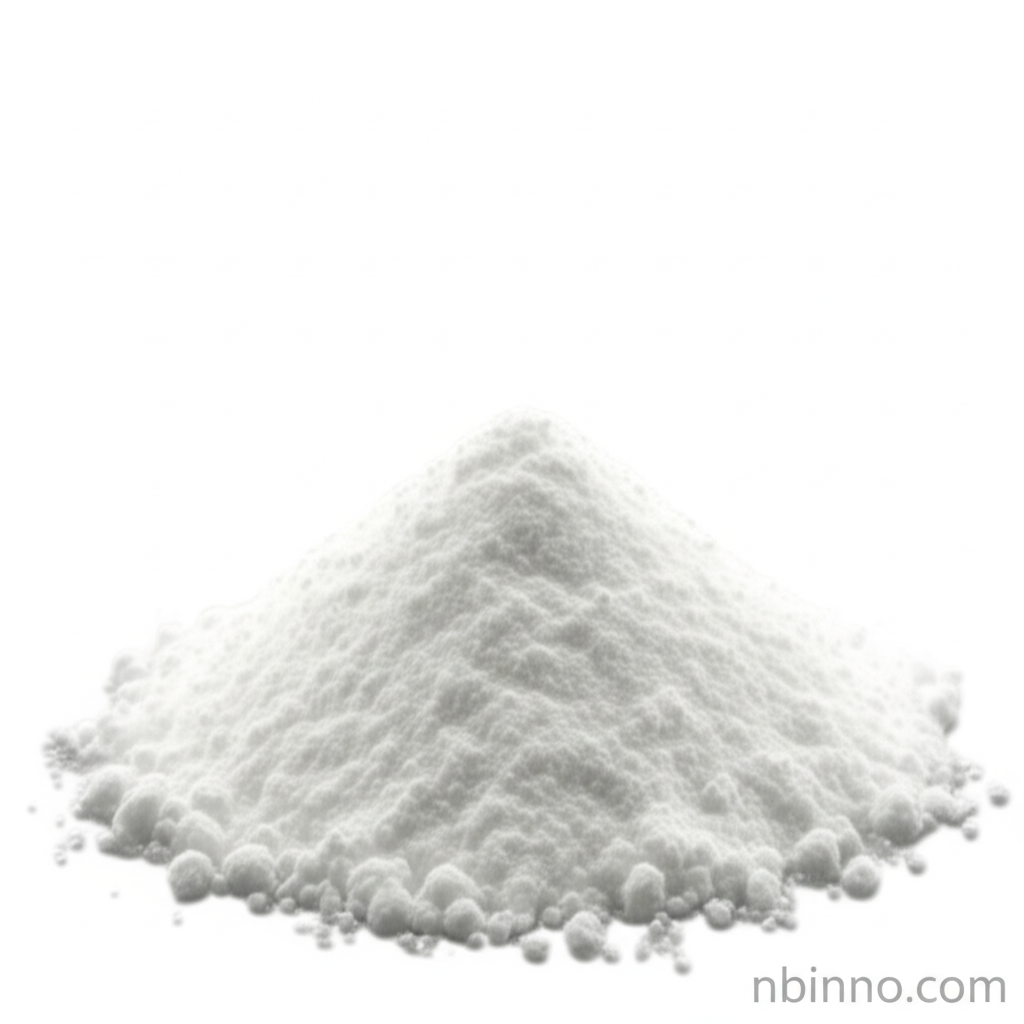Explore the Chemical Versatility of 2,3-Quinoxalinedimethanol, 1,4-dioxide (CAS 17311-31-8)
Unlock the potential of this key fine chemical for your advanced synthesis and research needs.
Get a Quote & SampleProduct Core Value

2,3-Quinoxalinedimethanol 1,4-dioxide
This fine chemical, identified by CAS 17311-31-8, is a crucial compound with the molecular formula C10H10N2O4 and a molecular weight of 222.22. It is recognized for its role in the identification of triazole and imidazole derivatives as potential antitubercular agents, making it a valuable asset in pharmaceutical research and development.
- Utilize this compound for precise identification of triazole and imidazole derivatives as antitubercular agents, a critical step in developing new treatments.
- Leverage the benefits of a high purity product, ensuring reliable and reproducible results in your chemical synthesis processes.
- Incorporate this key chemical intermediate into your synthetic routes, facilitating the creation of complex organic molecules.
- Benefit from its physical properties, including a density of 1.50 g/cm³ and a melting point of 171-172°C, for efficient handling and processing.
Advantages Provided by the Product
Chemical Synthesis Versatility
As a versatile fine chemical, it serves as an excellent building block for various organic synthesis pathways, supporting the development of novel compounds.
Pharmaceutical Research Application
Its application in identifying antitubercular agents positions it as a significant compound in the pursuit of new pharmaceutical solutions.
Reliable Purity and Quality
Sourced with high purity, this chemical ensures consistency and accuracy, which is paramount for research and industrial applications.
Key Applications
Antitubercular Drug Discovery
This compound is instrumental in the identification and characterization of novel antitubercular agents, contributing significantly to global health initiatives.
Organic Synthesis
It functions as a valuable intermediate in complex organic synthesis, enabling the creation of diverse chemical structures for various industries.
Chemical Research
Researchers utilize its unique structure for studies in heterocyclic chemistry and reaction mechanism investigations, advancing scientific knowledge.
Material Science
Potential applications exist in material science, where its structural properties might be harnessed for the development of new functional materials.
